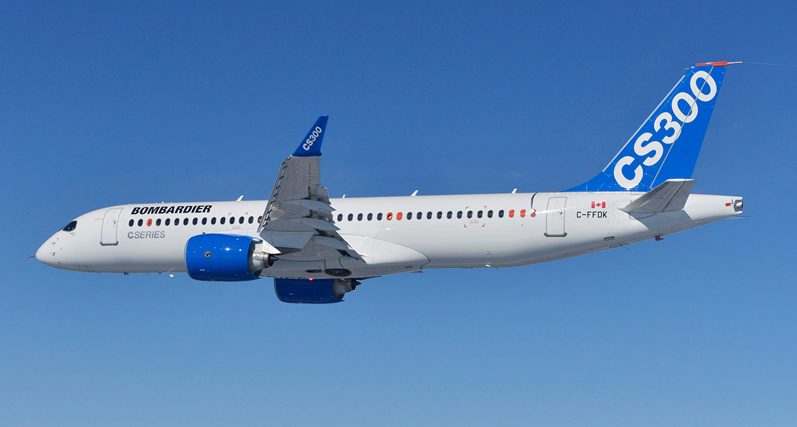“Having the hard data is a game changer for business aviation” said CBAA president & CEO, Rudy Toering. “For the first time, we can demonstrate the impact that business aviation has, and educate policy makers and the public on the importance and value of business.”
Other key findings include:
Higher wages: Business aviation annual wages average $69,000, well above the national aggregate average of $47,000 and higher than average wages in construction, information/cultural industries, and transportation and warehousing.
From sea to sea to sea: Canada is home to approximately 1900 business aviation aircraft, including both fixed wing (76%) and rotor (24%), spread across Canada with the majority based in Quebec, Ontario, Alberta, and British Columbia.
Close to one out of five flights: business aviation is responsible for 18% of all domestic air movements in Canada.
When all impacts are included (indirect and induced, as well as direct), business aviation’s total contribution is even greater: $5.4bn in economic impacts, $2.6bn in GDP, and 23,500 jobs, and $1.5bn in wages.
“These are credible and defensible numbers. Nothing has been inflated” said Toering “If anything, the report understates the size of business aviation. Our biggest challenge was that data on current business aviation in Canada is limited when compared to the breadth of data available for its counterparts in the United States and Europe.”
Source: Bluesky










Commentaires